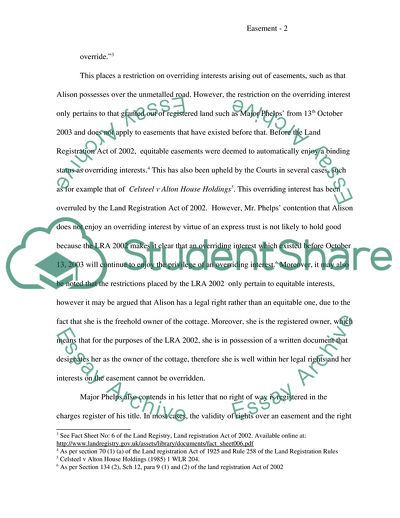Cite this document
(Easement Law Issues Case Study Example | Topics and Well Written Essays - 2250 words, n.d.)
Easement Law Issues Case Study Example | Topics and Well Written Essays - 2250 words. https://studentshare.org/law/1703471-easement-land-law
Easement Law Issues Case Study Example | Topics and Well Written Essays - 2250 words. https://studentshare.org/law/1703471-easement-land-law
(Easement Law Issues Case Study Example | Topics and Well Written Essays - 2250 Words)
Easement Law Issues Case Study Example | Topics and Well Written Essays - 2250 Words. https://studentshare.org/law/1703471-easement-land-law.
Easement Law Issues Case Study Example | Topics and Well Written Essays - 2250 Words. https://studentshare.org/law/1703471-easement-land-law.
“Easement Law Issues Case Study Example | Topics and Well Written Essays - 2250 Words”. https://studentshare.org/law/1703471-easement-land-law.


